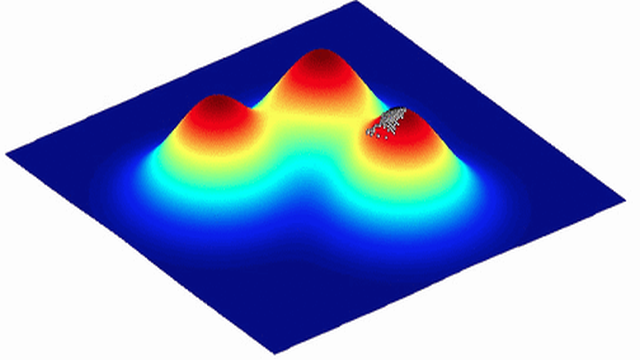
Change hack 6: Why it’s time to reframe our mindset about resistance [Change hacks series]
This is part 6 of a series of articles on ‘change hacks’ from expert change management speaker and facilitator Lena Ross.
Do we really naturally resist change? Now that we know more about our hardwired responses, thanks to recent insights from neuroscience, it’s time to re-think our assumptions that people will always resist change. For what seems like a long time, we’ve assumed resistance as a starting point when devising our change plans and interventions, when in fact, the human response can range from resistance to support.
The key is to uncover the range of responses, and why the reactions to the same change can trigger these varied emotional responses. David Rock’s SCARF model1 eloquently explains the human response to change in terms of loss or gain. Loss equates to threat while gain equates to reward. For each element of SCARF – Status, Certainty, Autonomy, Relatedness and Fairness – our responses to each change we experience are individual, and can be based on perception alone.
For example, one person can experience a strong emotion to a perceived loss of status that may occur, while another may anticipate gains from an autonomy perspective – for the same change initiative. A starting point of resistance assumes our impacted people will experience loss as a result of the change initiative.
Diagnose first…
It’s time to refer to the timeless mantra of Stephen Covey’s seven habits2 and look at habit number 5 – that is ‘seek first to understand and then to be understood’. In this habit, we are reminded to listen with empathy, rather than devise a solution through the lens of our own experiences or assumptions.
A mindset of ‘response’ instead of ‘resistance’ opens the path to deep engagement
By shifting our frame of reference about resistance, we can change the way we approach engagement and create a new capacity for action. Starting with an assumption that there will be a varied response helps us plan for deep engagement, through co-creation and collaboration. If we uncover resistance as part of that engagement, we discover it as an outcome rather than an up-front assumption.
And in that discovery, we can ‘unpack’ the emotional response and reason for that resistance. By simply collaborating with our colleagues as early as possible is likely to reduce the level of threat they may feel. Now…that’s bound to help us develop a more meaningful approach to see our change land successfully.
This makes our change planning and approach aligned with the principles of human-centred design. Start with the people who will be impacted by the change, build real empathy and explore ideas on how to make the change stick, by looking at what our people are doing, what they are thinking and how they are feeling.
What lies beneath?
With continuous, concurrent and rapid change, we are challenged to think about what emotional responses lie beneath a conventional change curve of resistance and adoption. Many change curves assume a starting point of resistance that can be diminished in a linear way as people move up the curve, to adoption, with change management interventions. I’m not suggesting we discard change models and frameworks that have served us well. I’m proposing we adopt a beginner’s mindset for each change initiative, where we:
- Don’t judge or assume – putting aside our own biases and expectations
- Question everything – keep asking why, just like children do
- Be intensely curious
- Look for patterns or themes that emerge among your impacted users.
With a shift in mindset and approach, we can uncover the range of emotional human responses to the change through deep engagement, to set up our change programs for the best chance of success.
You can watch my lightning talk (yes a very short clip at four minutes) on this topic above (also here), and my other clips in the resources section of my website. My white papers explore the SCARF model in greater detail for the more curious among you!
Next edition: Change hack 7: Moving through transition with ritual and ceremony.
Article source: Change hack 6: Why it’s time to reframe our mindset about resistance.
References:






